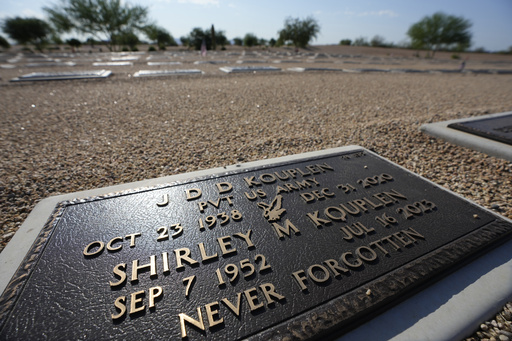Mexican farm worker Avelino Vazquez Navarro tragically passed away in a motor home in Washington state, where he did not have air conditioning as temperatures soared into the triple digits. Vazquez Navarro, aged 61, had been working in Pasco, Washington, for 12 years, sending money back to his family in Mexico. His family is now raising funds to repatriate his remains.
Heat-related deaths, like Vazquez Navarro’s, often involve marginalized individuals without access to proper cooling, particularly impacting older individuals living alone with limited resources. The lack of air conditioning disproportionately affects communities of color, like Black, Indigenous, and Latino populations, highlighting broader inequalities in energy access and affordability during increasingly intense summer heatwaves.
Mobile home residents, especially in areas like Arizona’s Maricopa County, often lack adequate cooling due to poor insulation and materials that trap heat. Research shows that mobile home dwellers face heightened risks during extreme heat, particularly in places like blistering hot Phoenix, where temperatures are forecasted to reach 113 degrees Fahrenheit.
The absence of cooling measures in homes can have fatal consequences, as seen in the case of Shirley Marie Kouplen, a 70-year-old Phoenix resident who died due to high temperatures in her uncooled mobile home during a heatwave. Kouplen’s tragic death underscores the life-threatening nature of losing access to air conditioning, especially for vulnerable populations with underlying health conditions.
Many states, including Arizona, have implemented regulations to prevent power cutoffs during summer months to protect residents, following previous incidents where individuals died due to lack of electricity. However, disparities persist, with around half of the U.S. population lacking safeguards against power disconnections in the summer.
Efforts to address these disparities include initiatives like providing portable cooling units to low-income individuals in heat-vulnerable regions and enacting ordinances requiring landlords to offer air conditioning in rental properties. However, challenges remain for renters who bear the burden of high electricity costs, making it difficult for some to afford adequate cooling during extreme heat.
While programs like the Low Income Home Energy Assistance Program aim to assist families with heating and cooling costs, they are often underfunded, with a majority of resources allocated to heating needs rather than cooling in summer months. The tragic death of individuals like Shirley Marie Kouplen serves as a reminder of the urgent need to address heat-related risks and inequities faced by vulnerable populations during extreme heat events.
